One of the UK’s largest construction firms, Costain, has been shortlisted for a sustainable business award for its work on testing concrete that could mend its own cracks.
“Self-healing” concrete could be a long-term money-saver, since the UK spends around £46bn a year ($70.6bn) on repair and maintenance, the company said.
On a road improvement project in Wales Costain has built a full-scale wall structure with a number of concrete panels, each featuring different combinations of self-healing techniques.
The panels will then be stressed to inflict damage and then monitored to see how they react.
We’ll be looking at the effect of the healing techniques on areas such as stiffness, permeability and the mechanical damage recovery of the trial panels– Oliver Teall, Costain
The experiment, which has seen the firm shortlisted for Wales’ Sustainable Business of the Year 2015 award, will test a number of self-healing techniques currently being explored around the world, including shape memory polymers, microcapsules and microbial healing that may counter the effects of deterioration due to ageing or damage.
“We are the only major research group in the UK investigating this, and have been recognised by the international community as a key global player,” said Costain civil engineer Oliver Teall, currently on secondment to Cardiff University where he is completing a PhD.
Costain has been sponsoring research by Cardiff, Cambridge and Bath universities into such materials as part of a project funded by the UK’s Engineering and Physical Sciences Research Council (EPSRC).
The six-month test is taking place at the Heads of the Valleys highways improvement project in South Wales.
“From this trial we should gain an insight into the feasibility of constructing a full-scale structure with these techniques and their early-stage effects on structural properties,” said Teall. “We’ll be looking at the effect of the healing techniques on areas such as stiffness, permeability and the mechanical damage recovery of the trial panels.”
Cracking under the strain
Although concrete is the world’s most used building material, it is prone to cracking under under tension. If the cracks get too big they can lead to corrosion of the steel reinforcement, which jeopardizes the structure’s integrity.
Engineers often use a larger than necessary amount of steel reinforcement to control cracking, even though the extra steel has no structural use and adds to the cost.
A number of universities are investigating different approaches to self-healing concrete.
Scientists at the University of Bath in England are working on a concrete mix that contains bacteria in microcapsules that “germinate” on contact with water to produce limestone (calcite) that plugs the crack.
The researchers are assessing different species of bacteria to find one that can survive and germinate in the highly alkali environment of concrete. The microcapsules protect the bacteria from being crushed when the concrete hardens.
They say the technique could reduce the lifetime cost of a structure by up to 50%.
Similar research is underway at Delft University of Technology in the Netherlands. There, researchers are seeking “alkaliphilic” (alkaline-loving) bacteria that are able to survive in concrete. After mixing several of these bacteria types into a cement paste, they found the spores of three particular bacteria types were still viable after one month.
The winner of the Sustainable Business Award will announced on 19 November.
Image: A trial installation for the self-healing concrete panels is now being constructed on the A465 Heads of the Valleys road project in South Wales (Costain)
Comments
Comments are closed.

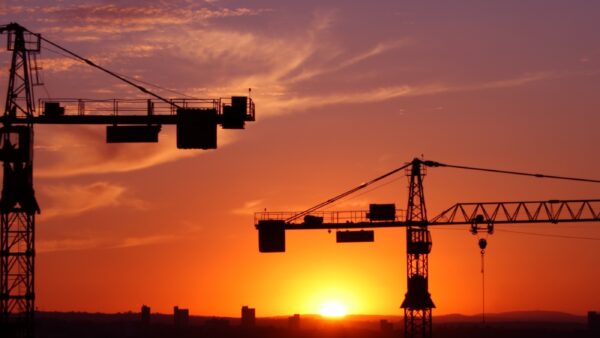
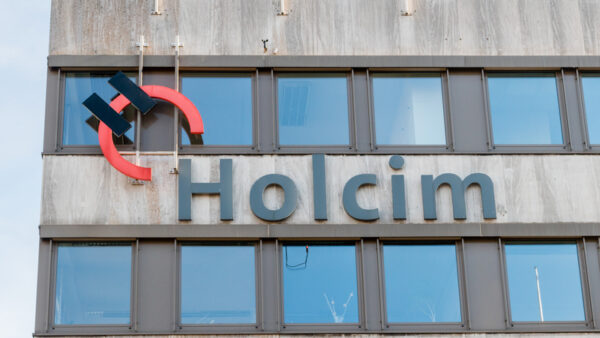
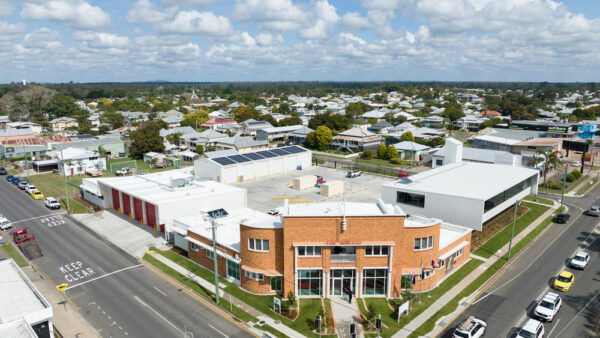
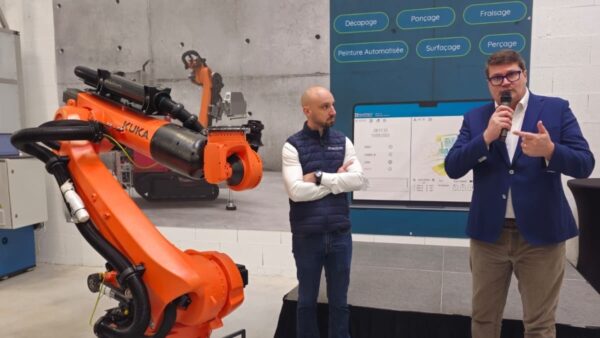
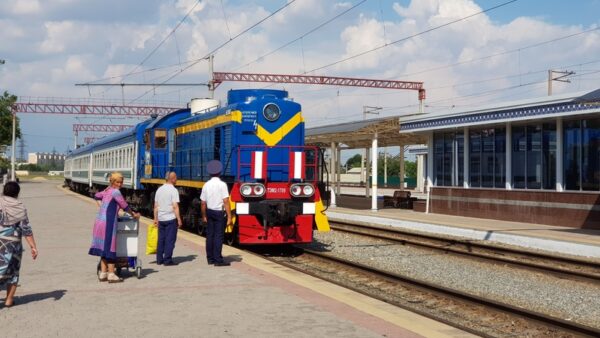
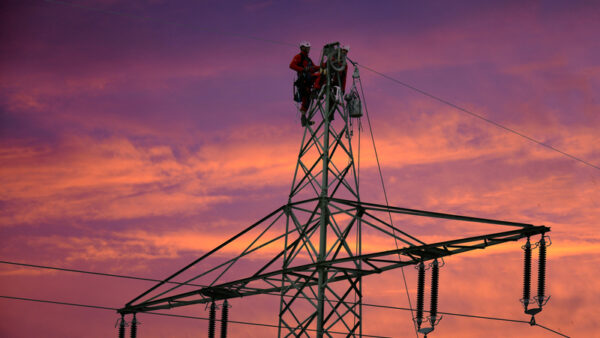
Self crack sealing concrete will certainly be a very helpful improvement to the durability of our reinforced concrete structures in that it should effectively prevent the ingress of moisture which will corrode the
steel reinforcement which would otherwise ,in time, cause structural deterioration and eventual structural failure! This would be most useful in new structures being erected in coastal situations where corrosion of steel
presents an ongoing problem!